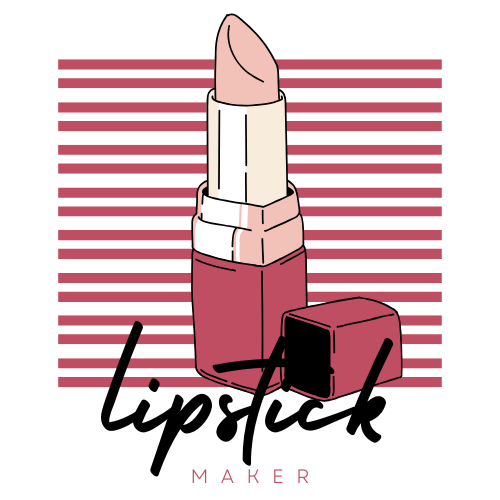The Truth About Lipstick: Can It Cause Darkening of Your Lips?
Understanding Waxes vs. Oils in Lip Products
When it comes to lip cosmetics, the choice between waxes and oils plays a crucial role in their formulation and performance. Waxes, such as beeswax or carnauba wax, provide structure and stability to lipsticks, allowing them to maintain their shape while offering a matte finish. These ingredients create a barrier that can definitely help lock in moisture but may also lead to dryness over time if used excessively.
On the other hand, oils like jojoba or coconut oil are often included for their hydrating properties. They deliver a glossy finish and enhance comfort during wear by providing nourishment to the lips.Though, <a href="https://www.lipstickmaker.com/product/4-cavity-lipstick-mold-12-1mm-silicone-diy/” title=”4 Cavity … Mold 12.1mm Silicone DIY”>products high in oils may not last as long on the lips compared to those with more wax content. Striking a balance between these two components is essential for achieving both comfort and longevity without compromising lip health.
results from Water Immersion Tests
Recent studies have examined how different lipstick formulations react when exposed to water immersion tests—a method used to evaluate product durability under wet conditions. Findings indicate that traditional matte lipsticks tend to perform better than glossy variants when submerged; they retain color intensity longer without important fading.
Conversely, gloss-based products often wash away more quickly due to their higher oil content which makes them less resistant against moisture exposure.This highlights an significant consideration for consumers: if you desire long-lasting wear throughout your day—especially during meals or drinks—opting for matte formulas might be advantageous.
Weighing Comfort Against Longevity
The ongoing debate between comfort and longevity is pivotal when selecting lipstick types. While many users prioritize soft-feeling textures that glide smoothly onto the lips—often found in creamy formulations—they may sacrifice staying power as these products typically require frequent touch-ups throughout the day.
In contrast, long-wearing options are designed with advanced polymers that adhere firmly yet can sometimes feel drying after prolonged use. Therefore, individuals must assess personal preferences carefully; some might prefer reapplying every few hours for added hydration while others opt for enduring formulas despite potential discomfort.
Conclusion: Making Informed Choices
Ultimately,understanding how different ingredients affect your lipstick experience empowers you as a consumer.By considering factors such as ingredient composition (waxes versus oils), performance under various conditions (like water immersion), and personal priorities regarding comfort versus longevity—you can make informed decisions about which products best suit your lifestyle while keeping your lips healthy and vibrant.
